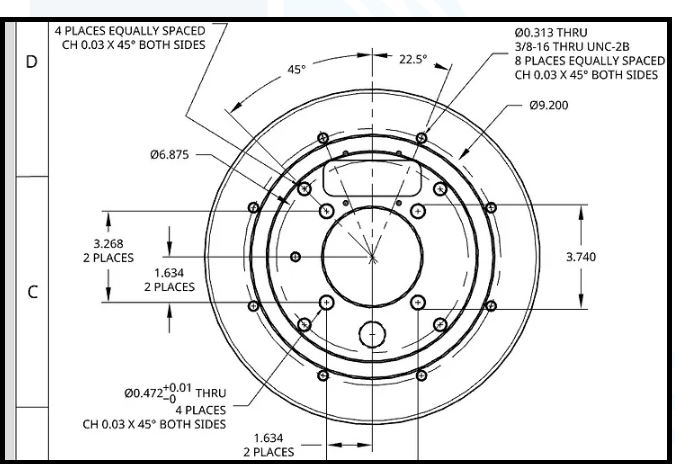Mechanical engineering is a massive discipline that can be boiled down to this: we apply science to solve real-world problems. Through a defined process, we use a range of tools to assess risk and safely develop an array of products, devices and systems. If you look around the room you’re in, almost every physical object was likely designed by an engineer at some stage. If the device has circuitry, or moving parts, or heating elements, or you just want it to last longer than a day, you almost certainly need it to be engineered!
At SBD we believe design and engineering should be done concurrently, like one continuous project. The benefit of this approach is that many different objectives of the project and the design are all taken into consideration throughout the process. Here at SBD, the following process is considered for product development.
- Requirements: develop an in-depth understanding of why the project is happening and all of the constraints that will have to be taken into consideration. It often helps to dig deep here so that the engineering team has an understanding of the market forces as they can inform the choices throughout this process.
- Idea: sketch, conceptualize, evaluate. This sets the stage for what is to come and should be done with hand sketches.
- Design: Once a general direction has been made from the Idea step, detailed design can begin in the form of CAD models and early-stage prototyping and testing. Prototyping and testing is completed in parallel with the CAD design at this stage, working to knock down the riskiest aspects of the design quickly and early.
- Further prototyping: At this point, various prototypes can be built and used for testing, marketing, fundraising etc.
- Testing: intertwined within the last few stages, testing is fundamental to having confidence in the product or device. Usually this includes in-depth simulation as well as real-world testing.
- Manufacturing: Design-For-Manufacture needs to be taken into account throughout the Design phase. At this phase, we work closely with manufacturers and make final changes to the designs to ensure they can be produced as efficiently as possible based on the chosen method.
- Regulatory, certifications, quality systems etc. these items depend on the project and are intertwined in the phases above.
- Service and End of life considerations: What happens when the product breaks or the battery dies? Can the customer repair it themselves? If so, what needs to be done to ensure they can do it effectively? Is there a repair program, a support team? What does this look like?

